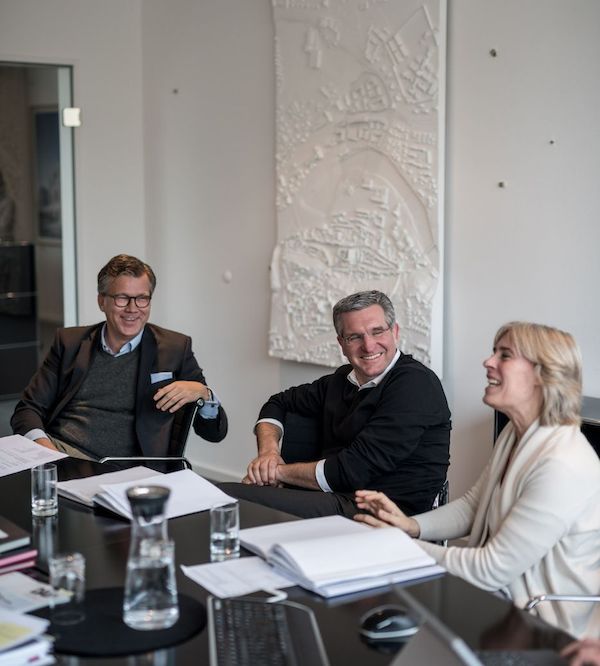09 / 2018
Where and how do we want to work?
/blog/gedanken-zum-neuen-buro-von-e-k/

Working in an agile, transparent and communicative manner
ehret+klein takes things to the next (development) level.
At the beginning of September, we moved into our new offices in Starnberg, which are within walking distance of company headquarters. The move itself didn’t take long. In two days, 60 employees and one dog, printers, kitchens, a library and a foosball table moved to Petersbrunner Straße in the commercial zone near Starnberg's north train station. The entire team pitched in with, of course, the support of reliable partners and a professional moving company.
Not everything went smoothly during the first few days of working in the new office. Everyone is familiar with the problems of an overloaded server, crackling telephone lines and the missing microwave that such a move brings with it. And then there's the fact that the same colleague is no longer working next door and – what did you say was the shortest route to the management team?
Why did we move into these spacious premises at such short notice – premises that were new to us but which already been used as offices by other companies? The question that Mr. Ehret and I, as the company's founders, ask ourselves time and again is how to best design a space that promotes the success of our company, encourages interaction between investors, teams and business partners, and enhances the well-being of our employees.
We all want to be on the same floor. Communication paths – even those to management – should be short. We want to be able to communicate with each other frequently and well, and share ideas and information. We need conference rooms where project teams of varying sizes can meet. We need private spaces where private meetings can be held and where people can work undisturbed. We need open spaces where samples, models and the results of competitions can be exhibited, and where people can talk to colleagues over a cup of coffee or eat lunch together.
The way in which the work processes are organized within the space and the communal and ancillary rooms at Petersbrunner Strasse serve as an experiment that will enable us to further improve collaboration within our steadily growing team. And we learn from the experience we gain, experience that we can put to good use when it comes to designing (our) office floor plans, fixtures and fittings for the next stage of development.
Stefan Klein




